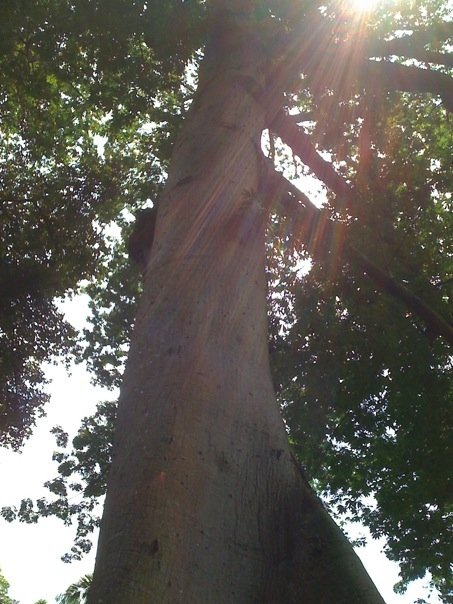 The physiological and psychological benefits of meditation have been very well documented by science over the last fifty years (the best summary of this scientific research can be found in “The Physical and Psychological Effects of Meditation” by Michael Murphy and Steven Donovan). There is now really no doubt that daily meditation practice makes you look younger, age slower, feel more happy, improves brain function and is THE best method for accelerating personal growth, whatever your station in life or personal philosophy.
The physiological and psychological benefits of meditation have been very well documented by science over the last fifty years (the best summary of this scientific research can be found in “The Physical and Psychological Effects of Meditation” by Michael Murphy and Steven Donovan). There is now really no doubt that daily meditation practice makes you look younger, age slower, feel more happy, improves brain function and is THE best method for accelerating personal growth, whatever your station in life or personal philosophy.
Meditation is free, and need take only ten minutes of your time each day, all it requires is a personal commitment based around an understanding of the benefits that you can get from it. I find that one of the best ways of keeping myself motivated to meditate is to look at other mediators and appreciate the very clear benefits of meditation that they are getting.
The other week I was leaving a clients office, and flagged down a cab and got in. The driver was an Indian, I thought perhaps thirty something. As I sat in the back I was really impressed by the positive ambiance in the taxi, and the courteous manner of the driver. We got talking, and very quickly we made the connection that we were both mediators. He talked enthusiastically about his (Hindu) practice, and I shared a little about my own practice and occupation as a meditation coach and artist.
I thought he was thirty something, he turned out to be mid-fifties.
I thought maybe he was some kind of celibate practitioner living in the world and going back home to meditate alone at night, turns out he had five kids, three already at University.
I ask him how he managed financially to raise five kids on a taxi drivers pay? I can’t remember his exact words, but it was something to the effect that people plan a bit too complicated in their financial planning these days, and if you live a simple life, you can provide ok for your family even if your income is not huge.
I left the taxi thinking I really want some of what he has got! Then I remembered, actually I have got some of what he has got, and rejoiced in the pleasure of meeting someone who was such a good living example of what happens when you commit yourself to a daily meditation practice amidst the busyness of a contemporary daily life!
If you have been thinking about starting a meditation practice, or have let your practice slip of late, have a think about friends and acquaintances who you know that meditate and as a result seem to carry a lot of good energy with them at all times. You want a bit of that don’t you? Time to get going!
© Toby Ouvry 2011. You are welcome to use this article, but you must seek Toby’s permission first. Contact info@tobyouvry.com


